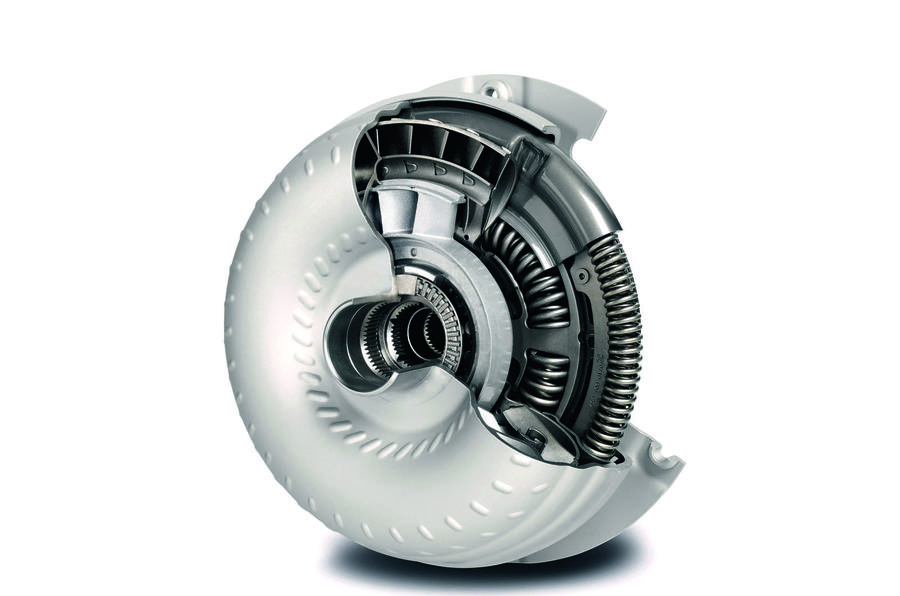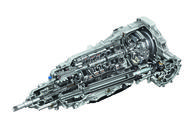Torque converter-based gearboxes are the original type of automatic transmission and they’re evolving fast
The original type of automatic gearbox, a torque converter unit can provide the most satisfying acceleration curve
A fair number of different automated transmissions have been tried over the years but the most successful and enduring has to be the torque-converter-based epicyclic gearbox. New kids on the block like DCT (dual-clutch transmission) and even grown-up variants of CVT (continuously variable transmission) have threatened to knock the world’s favourite auto from its pedestal, but none has succeeded yet.
That said, the classic automatic transmissions didn’t earn the moniker ‘slush ’boxes’ for nothing. The name derives from the ‘slushy’ response of early transmissions, which got people from A to B but were hardly rewarding to drive. Torque converters are fluid couplings that connect the engine to the transmission instead of a clutch. They look like large metal doughnuts but internally contain three main components plus automatic transmission fluid. The engine side is the impeller and on the transmission side is the turbine. Both contain blades and look similar to those you see in a jet engine when you’re climbing the steps to an aircraft.
The impeller flings the transmission fluid outwards through centrifugal force as engine revs build and into the turbine, which is forced to rotate, driving the transmission. The fluid is forced back to the centre of the impeller in a continuous cycle.
This isn’t the whole story, though, and there’s a third component that turns what would be an inefficient fluid coupling into the more effective torque converter. It’s called a stator (because it stays still) and sits between the impeller and turbine. The stator deflects the fluid on its return trip to the impeller slowing it down and, in doing so, multiplies the torque between the engine and transmission.
So far so good: when the car accelerates from rest, the torque converter delivers that satisfying slingshot feeling when you put your foot down. Once at cruising speed, though, the turbine (transmission side) can never quite keep up with the speed of the impeller (engine side), increasing fuel consumption and emissions. Once those things started to matter more, transmission designers added a lockup clutch to the torque converter to mechanically lock the two halves together at cruising speed.
Whereas the arrangement of the gears in a DCT gearbox resembles that of a manual, the inside of a traditional automatic transmission is quite different. Instead of gears arranged one above the other on shafts, autos traditionally use epicyclic (sun and planet) gearsets arranged one after the other in a line. Using clutches to control which way the torque is routed through each gearset creates different gear ratios. Adding more gearsets creates even more gear ratios, so three gearsets could deliver six forward speeds.
Torque-converter gearboxes are clever and maybe a little fiendish, but although drivability has improved a lot over the years and they’ve always been refined, they need to become more efficient. More on how transmissions boffins achieve that next week.
Why they’re so amazing

Torque converters may not look much but they are one of the most amazing devices ever to grace a driveline. They take the place of a clutch, they multiply torque between the engine and the gears and they are still the choice when refinement matters most.
Read more
Under the skin: how Volkswagen’s DSG gearbox predicted the future
Under the skin: the latest CVT gearbox technology
Smooth sailing: How to build the most comfortable car
Source: Autocar
